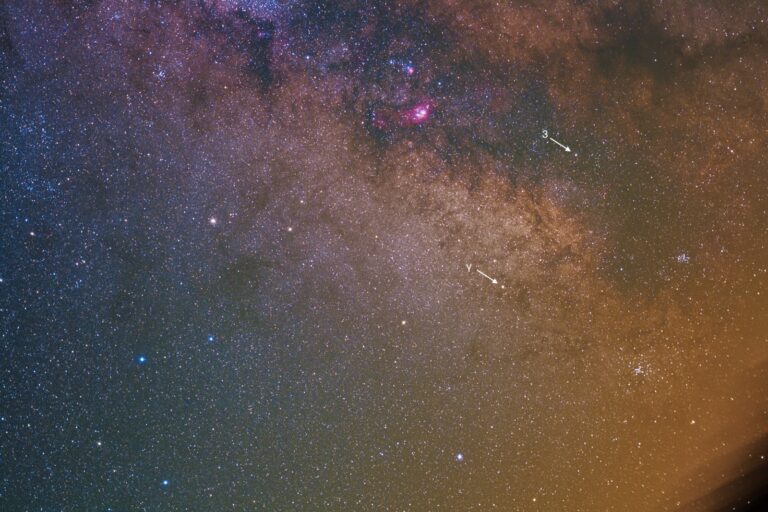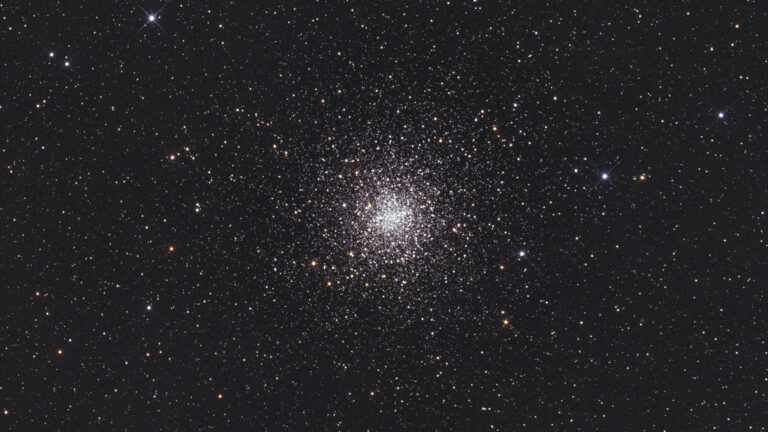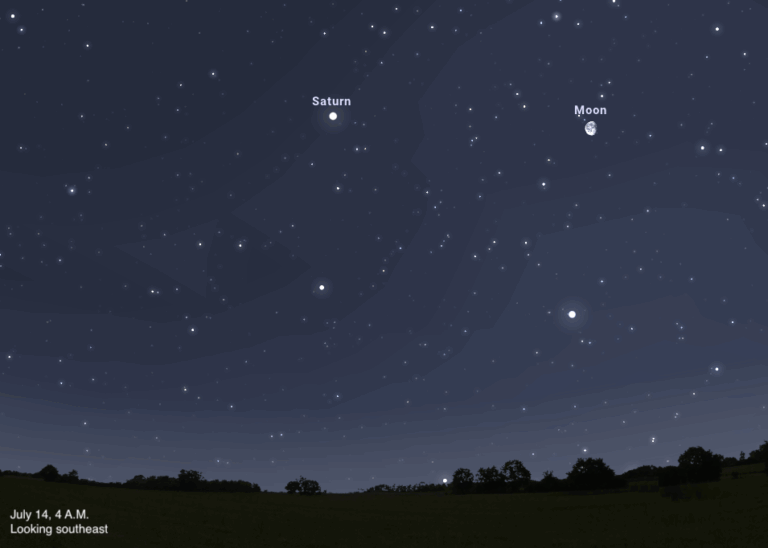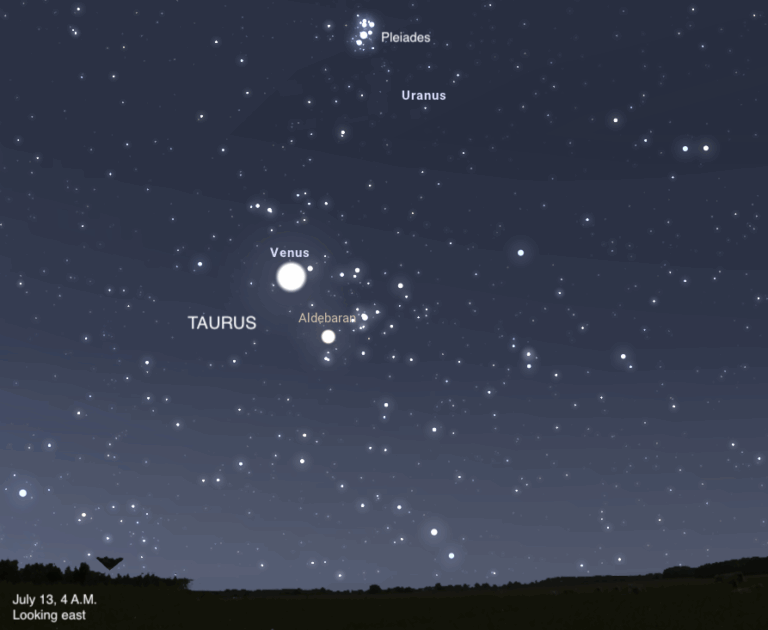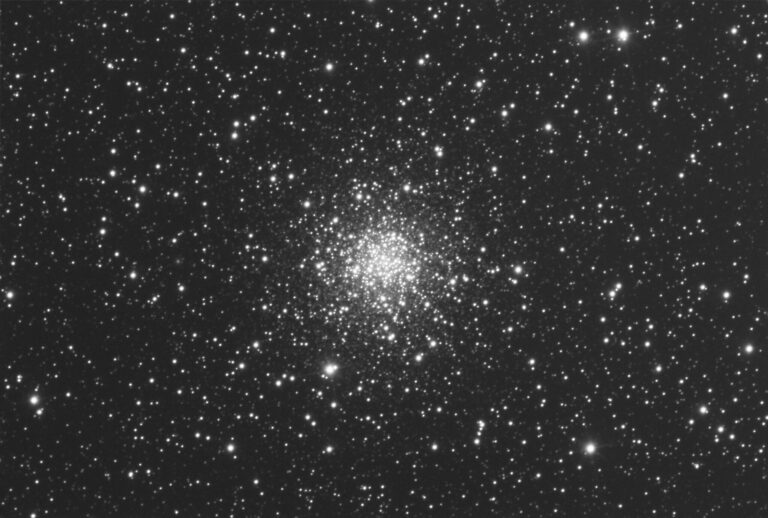Key Takeaways:
Perseid facts
- The Perseids were given that name because if you trace all the meteor trails backward, they meet within the boundaries of the constellation Perseus the Hero who, in Greek mythology, slew the Gorgon Medusa.
- The Perseid meteor shower is caused by Comet Swift-Tuttle, which was discovered in 1862. Comet Swift-Tuttle returned to the inner solar system in 1992. As it swung around the Sun, it added to its particle stream.
- Perseid meteors are fast — they move at 35-40 miles per second (55-65 km/sec) — and many leave luminous trails that can last several seconds. Many Perseids are also bright. Usually, Perseid meteors look white or bluish-white.
Interesting facts about meteors
- To be visible, a meteor must be within about 120 miles (200 km) of an observer.
- Meteors become visible at an average height of 55 miles (90 km). Nearly all burn up before they reach an altitude of 50 miles (80 km).
- No known meteorite has been associated with a meteor shower. (That is, no shower meteor has ever survived its flight through the atmosphere and been recovered.)
- The typical bright meteor is produced by a particle with a mass less than 1 gram and a size no larger than a pea.
- The total mass of meteoritic material entering Earth’s atmosphere is estimated to be 100-1,000 tons (91,000-910,000 kilograms) per day. Most of this material is termed “micrometeorites.”
- A “non-shower” night produces approximately 6 meteors per hour.
- A meteoroid enters the atmosphere at velocities between 21,000-165,000 miles per hour (39,000-266,000 km/h).
- The first documented meteorite was a stone that fell near Ensisheim, Alsace, France, in 1492.
- Meteorites were accepted as extraterrestrial in origin in 1803.
- The surface of a meteorite can be heated to several thousand degrees during entry.
- About 500 meteorites fall to Earth each year. Because approximately 30 percent of Earth’s surface is land, about 150 meteorites should be accessible for recovery. In fact, only about 10-20 are actually recovered per year.
For more information on the Perseid meteor shower, as well as other August sky events, please contact Matt Quandt ([email protected]) to request the August 2004 issue of Astronomy magazine.
Astronomy magazine staff members are interviewed regularly on television, radio, and print media. We are experienced in translating high-level astronomy jargon into easy-to-understand language — we bring the out-of-this-world down to Earth.
Matthew Quandt
Assistant editor
262.796.8776 x.419
[email protected]
August 5, 2004
WAUKESHA, WISCONSIN: Here it comes. The annual Perseid meteor shower is typically one of the best of the year. And in 2004, this shower occurs in a relatively moonless sky. This is a real plus for those who want to see more meteors and not just the very bright ones. Bright, fast meteors — many leaving glowing trails visible for several seconds — characterize the Perseid meteor shower.
In 2004, the shower will be active between July 30 and August 25, but the best time to see meteors in the United States will be Wednesday night, August 11, into the dark morning hours of August 12. The Moon doesn’t rise until after 2 A.M. local daylight time and will appear only 12-percent lit.
Some astronomers predict a sharp peak in activity this year at 21h UT on August 11. Unfortunately, this time corresponds to 3 P.M. EDT – daylight for North and South America. Still, observers in these locations may see increased shower rates during the morning hours of August 11 and 12.
Meteor shower facts
- Meteors are small particles of rock and metal that Earth encounters (runs into) during its orbit around the Sun. In space, these particles are called meteoroids. When they burn up in the atmosphere, they are called meteors. If they survive the fiery ordeal of passage through our thick blanket of air and land on Earth, they are then known as meteorites. No meteorites are generated from meteor showers — the particles are too small.
- All meteor showers are caused by comets. When a comet swings around the Sun, it leaves a trail of debris (small meteoroids). Sometimes, the orbit of this debris crosses Earth’s orbit. When Earth runs into this stream of particles, we experience a meteor shower.


